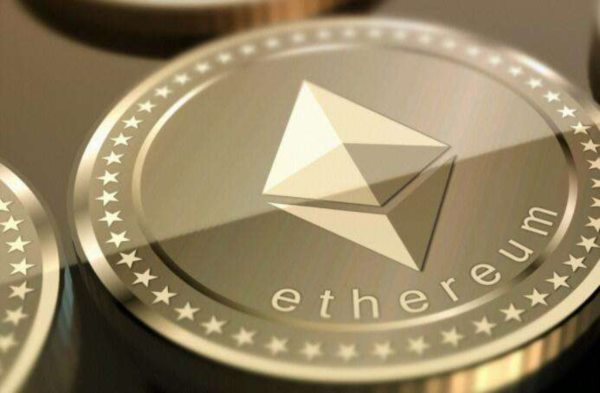时间:2024-03-21|浏览:252
On March 21, Beijing time, the Federal Reserve announced its March interest rate decision. The target range for the federal funds rate remained unchanged for the fifth consecutive time at 5.25-5.5%, in line with market expectations.
In its policy statement, the Fed said economic activity has been expanding steadily. Job growth remains strong and the unemployment rate remains low. Inflation has eased over the past year but remains high.
Despite strong U.S. economic growth and higher-than-expected inflation in recent months, Fed officials have not significantly changed their forecast for a rate cut later this year. Most officials see three rate cuts this year in new forecasts, the same as forecast in December.
The economic forecast released on Wednesday is the focus of Wall Street's attention as investors are eager for more information on how January and February inflation data affect the Fed's outlook. Greater price pressures this year punctuated a series of cooler economic reports in the second half of last year, raising questions about whether inflation will return to the Fed's 2% target as quickly as the Fed and investors expect.
Ahead of these forecasts and the Fed's policy statement, investors expected the Fed to cut interest rates three times this year, with a greater than 50 percent chance that the first rate cut would occur before June. Before then, the Fed will hold another meeting from April 30 to May 1.
In addition, the Federal Reserve also released its latest summary of economic expectations, raising its GDP growth forecast for the next three years and raising its core PCE inflation forecast for the end of 2024 to 2.6%, which was the level of economic expectations in September last year. Accordingly, the Federal Reserve raised its median forecast for the federal funds rate at the end of 2025 to 3.9%. This means the Fed has scaled back its forecast for an interest rate cut in 2025.
Federal Reserve Chairman Jerome Powell is holding a news conference that could reveal any hint of a shift in his and other policymakers' expectations for the path of inflation. Recent higher-than-expected inflation data has made it difficult for Fed policymakers to consider cutting interest rates in the near future. Powell has also repeatedly reiterated that an interest rate cut is appropriate only when it is confident that inflation can sustainably return to the 2% target. After remaining on hold this month, June has become a key window for the Federal Reserve to cut interest rates. Until then, the Fed will also have access to two months of the latest inflation and employment data to help it make better decisions.
The federal funds rate affects other borrowing costs across the U.S. economy, such as mortgages, credit cards and business loans. Mortgage rates for 30-year fixed loans were about 6.7% last week, down from a high of 7.8% in October, according to Freddie Mac.
The Fed began raising interest rates two years ago from near zero and at the fastest pace in 40 years to combat inflation. Officials last raised interest rates in July. At the time, many economists and some within the Fed expected that the central bank's rate hikes to reduce inflation would lead to higher unemployment and a recession. But economic growth has shown surprising resilience, even as wage and price gains slowed as supply chains returned to normal and workers flooded into the labor market.
Inflation, which excludes volatile food and energy prices, recently fell to about 2.8%, down from 4.8% a year ago, according to the Fed's preferred measure of inflation.
Economic data since the Fed's January interest rate meeting have done little to resolve the debate over whether the central bank should preemptively roll back last year's rate hikes.
Rising inflation in January and February reversed a recent sharp economic slowdown and underscored the cautious stance many Fed officials took toward cutting interest rates at their January meeting. That could embolden those who think there will be no reason to cut interest rates this year unless the economy slows significantly.
Rising house prices and stock markets have increased wealth, thereby supporting consumption, especially among high-income households. However, other reports suggest consumer spending has cooled and hiring surveys have produced mixed results. The most widely watched measure of job growth has held steady, despite a sharp downward revision in previous reports. Wage growth continues to slow, and the unemployment rate has risen steadily, rising from 3.4% in April last year to 3.9% in February.
The data could provide fodder for Fed officials concerned about keeping interest rates at current levels for too long.
The stakes are high for Fed officials, who are trying to address two major risks. One is that they relaxed too quickly, allowing inflation to become entrenched above the 2% target. The other is that they move too slowly and the economy collapses under the weight of high interest rates.
Democrats worry that higher interest rates will erode consumer confidence and potentially lead to an economic slowdown ahead of the November election. This week, a handful of the most liberal lawmakers called on Powell to cut interest rates. Fed officials say they do not consider politics when deciding on interest rate policy. These questions may need to be answered by Federal Reserve Chairman Powell at a press conference.
Article forwarded from: Golden Ten Data









